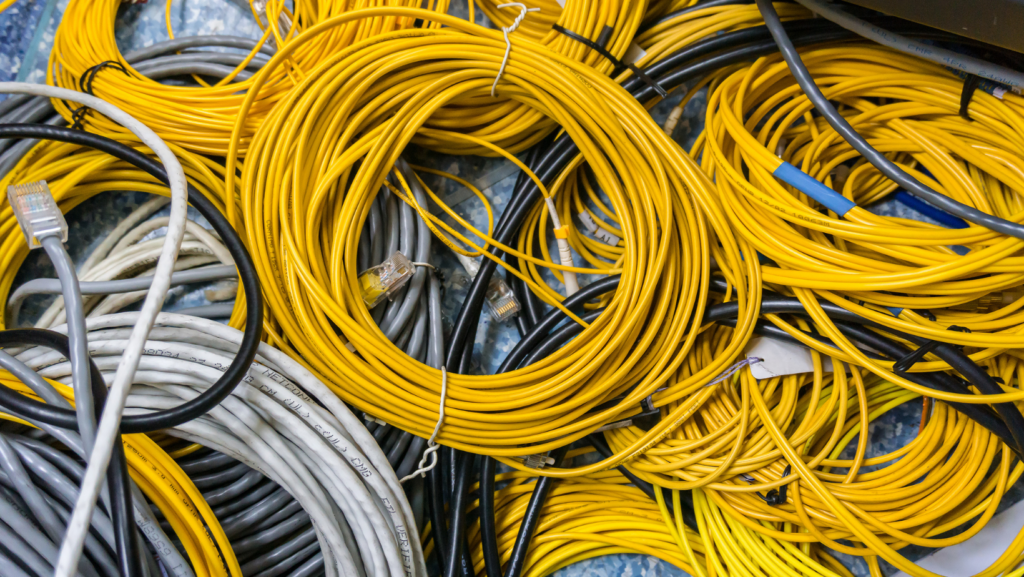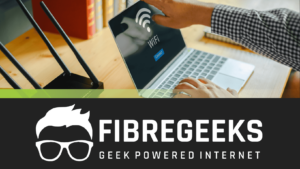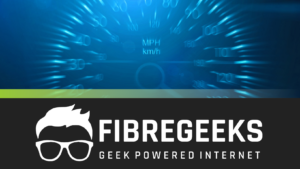How Fibre is Installed in South Africa: A Step-by-Step Guide
The internet has become something we rely on every day, and in South Africa, the demand for fast, reliable connections has never been higher. Fibre optic technology is stepping in to meet that demand. Whether you’re at home streaming a movie or running a business that needs uninterrupted service, fibre is the backbone of the modern digital world. So, what does it actually take to get fibre installed? If you’re curious about how this works—especially here in South Africa—you’ve come to the right place.
This guide will walk you through the fibre installation process, breaking down the steps in simple terms while covering some of the unique challenges we face locally.

2. What Is Fibre and How Does It Work?
Fibre optics sounds complicated but at the end of the day it’s just a way of moving data fast – at the speed of light in fact. It uses tiny glass or plastic strands to send information as pulses of light, much faster and more reliable than old copper cables.
In practical terms that means faster download and upload speeds, fewer interruptions and more devices at once without slowing down. Whether you’re working from home, gaming or hosting a business conference fibre gives you the smooth connection you need. Now we’ve covered what fibre is let’s get into the installation process. It’s more than just running a cable to your house—there’s several steps involved to get you the best connection possible. For more details on why fibre is becoming essential, check out the Fibre Installation Services at Fibre Geeks.
3. Step-by-Step Guide to Fibre Installation
Now that we’ve covered what fibre is, let’s dive into the installation process. It’s more than just running a cable to your house—there are several steps involved to make sure you get the best connection possible.
Step 1: Infrastructure Assessment and Planning
Before we start Fibre Geeks will take a close look at the area where you want the fibre installed. This includes checking if there’s already infrastructure in place—like existing conduits or telephone poles—and working out the best route to get the fibre to your property. If you’re in a gated community or estate there’s a bit more planning required but we’ve got plenty of experience with those situations.
Step 2: Equipment and Network Preparation
Once the planning is done we get the equipment ready. Fibre installation requires a range of specialized tools—fibre optic cables to splicing kits. We need to prepare everything carefully because the quality of the installation affects the quality of your connection.
Step 3: Trenching vs. Aerial Installation
When we physically lay the cables there are two main methods we use: trenching or aerial installation. Depending on your location we’ll recommend the best option for you.
For more information on the regulatory side of fibre installation check out South Africa’s Telecommunications Guidelines.
4. Fibre Installation Process in South Africa
Installing fibre in South Africa comes with its own set of unique challenges. Unlike some countries where infrastructure is already laid out, we’re still in the process of building up our fibre networks. This means there are extra steps involved, and things like terrain, regulations, and even weather can play a big role in how and where fibre gets installed.
Local regulations are part of this process too. In urban areas like Cape Town or Johannesburg fibre installations need approval from the city or municipality. Each area has its own rules around digging and laying cables so working with a company like Fibre Geeks who knows the ins and outs of these regulations can save you a lot of hassle.
5. Residential Fibre Installation: What to Expect
If you’re getting fibre installed at home, the process is generally straightforward, but there are a few things you’ll want to keep in mind. After the initial assessment and planning, Fibre Geeks will send a team to your property to lay the fibre optic cables, either underground or overhead, depending on what’s been decided.
If you’re in a gated community or estate, Fibre Geeks also provides additional services like TV-over-fibre, which means you could stream your favorite shows through your fibre connection without needing a separate service. You can read more about the services we offer on our Fibre Installation Services page.
6. Commercial Fibre Installation: Meeting Business Needs
For businesses, fibre isn’t just a luxury—it’s a necessity. The installation process for commercial clients is generally more involved than for residential users. We’ll work with your IT team to figure out how best to meet your company’s specific needs, whether you’re a small start-up or a large enterprise.
7. Benefits of Fibre Installation in South Africa
Fibre is more reliable than older internet technologies. Because it uses light to transfer data it’s immune to many of the issues that can affect copper cables like electromagnetic interference or bad weather.
The speed difference is like night and day. With fibre you’re looking at speeds of up to 1 Gbps (gigabits per second) or more depending on your plan. Then there’s the matter of scalability. As technology evolves the demand for faster and more efficient internet will only grow. Fibre networks are built to accommodate that demand so upgrading your connection in the future is much easier than older systems.
8. Maintenance and Support After Installation
Once your fibre is installed, the journey doesn’t end there. Like any network, your fibre connection needs occasional maintenance to ensure everything continues to run smoothly. At Fibre Geeks, we offer ongoing support to make sure your connection stays as reliable as the day it was installed.
9. Fibre Installation FAQs
- How long does fibre installation take? The process can vary depending on the complexity of the project, but for most residential installations, it takes anywhere from a few hours to a couple of days.
- What’s the difference between FTTH and FTTB? FTTH stands for Fibre to the Home, while FTTB means Fibre to the Business.
- Is fibre affected by weather or terrain? No, fibre is not affected by weather in the same way that copper or wireless connections are.
- What’s the cost of fibre installation in South Africa? The cost can vary depending on whether you’re installing fibre in a home or a business.
- Can I upgrade my fibre connection in the future? Absolutely! Fibre networks are designed for easy upgrades.








